Bowled Over in Bali - Bali Marina, Benoa Harbor, Bali, Indonesia

Harmonie
Don and Anne Myers
Tue 5 Oct 2010 00:29
|
08:44.454S 115:12.800E
Early on September 15, we left Lembongan Island and rode the
current a few hours across the rest of Lombok Strait to Benoa Harbor and Bali
Marina on the southeast coast of Bali. We had been warned about the trash
heap floating in Benoa Harbor and the cramped, slightly dilapidated Bali Marina
docks, so weren't disappointed when we arrived at the marina and found it to be
exactly as described. There was one very nice surprise waiting for us when
we rounded the hairpin turn to port and entered the tiny
marina...Basia, the German, Polish, French Canadian catamaran from the
2008/2009 World ARC Rally was there waiting for us with Barbara waving wildly
from her perch on the bow, her husband Michael and daughter Cathy waving
more sedately from behind. The last time we saw Basia was at the
World ARC Rally dropout reunion in Noumea, New Caledonia two years ago.
Basia dropped out of the rally around the time we did, but instead of sailing
down to New Zealand with the rest of us dropouts, they carried on to
Brisbane, Australia where they based themselves for the past two years.
This year, following just behind us, Basia sailed up the coast of Australia
and joined the new World ARC Rally in Mackay. From there, they
carried on with the rally up and over the top of Australia to Darwin, again,
just a few weeks behind us. From Darwin, the World ARC sailed straight for
Bali, where it stayed for only one week before moving on across the
Indian Ocean to Cocos Keeling, 1,000 miles to the west. While the
rest of the World ARC fleet sailed on to Cocos, Basia was delayed in
Bali awaiting electronic charts to be shipped in (no easy feat given the
beaurocracy associated with delivery of an
international package in Indonesia). Their delay was
good luck for us since we wouldn't have seen
them otherwise. Don and I and John and Sue spent the next
several evenings with the crew of Basia catching up. They reported
the 2010/2011 World ARC Rally participants were not nearly as much fun
as those in the 2008/2009 version we were all a part of, but they also
said the organization had improved immensely and those running the rally
were doing an excellent job. As much as we miss the old World ARC
crowd, we are still glad we dropped out, and just as glad we didn't re-join the
new rally in Australia as we originally intended. Having spent nearly two
months meandering around amazing Indonesia, we can't imagine just breezing
in to Bali for a week and moving on 1,000 miles across the Indian Ocean
immediately afterwards. Basia's package finally arrived and they were
off. Six days later they made it to Cocos Keeling. At the
moment, they are on their way to Mauritius, 2,900 miles further west in the
Indian Ocean. In the time we spent lollygagging around Bali and then
motoring several hundred miles to Borneo (which is where we are now), Basia has
sailed nearly 2,000 miles. Shew! Glad we're here and not
there. It was great to see our German, Polish, French Canadian friends
again and we hope to see them again someday. We expect we will, it's just
a matter of where.
So, about Bali...
Fortunately, Benoa Harbor and the Bali Marina are not
representative of Bali as a whole. The Balinese believe in the balance of
things: good and evil spirits, mountains and the sea, wet and dry seasons,
so it only makes sense that the ugliness of Benoa Harbor is offset by
the overwhelming beauty of most of the rest of the place. Bali has been
populated since prehistoric times, but according to the Lonely Planet,
"the oldest human artifacts found are 3,000 year old stone tools and earthenware
vessels." Hindus on neighboring Java Island brought their religion to
Bali in the years between 1019 and 1042. Over the
centuries, Bali was sometimes ruled by sultans on Java and was sometimes
autonomous. Eventually, the Hindus on neighboring islands gravitated to
Bali where their version of the religion flourished to what it is now. The
first Europeans arrived on Bali in the form of the Dutch in 1597, but the island
wasn't fully ruled by the Dutch until the early 1900's. During
WWII, the Japanese moved in, but vacated when the war ended in 1945. A few
years later Indonesia officially gained its independence from the Dutch; and
Bali, of course, was part of that deal.
There are 3.2 million people on the island of Bali, and
95% of them are of Balinese Hindu descent. Their religious beliefs
frame their lives just as their temples frame their villages - one so much a
part of the other there is no real separation. We are no experts on the
Balinese Hindu religion, but we can say there is an endless array of gods and
spirits that must be appeased in one way or another, and the good news for us
tourist types is that the ceremonies, shrines, temples, dances, music, costumes,
offerings and artistry involved in doing so is like watching a never
ending exotic musical set in the real outdoors with a backdrop of
mountains, terraced rice paddies and the sea. One morning Don and I
were walking in the Bali countryside next to an expanse of rice
paddies when the pleasant drizzle dripping down on us turned into
a downright downpour. As if by magic, a tiny outdoor cafe with a
picnic table and thatch-roof cover appeared on the side of the road and a woman
beckoned us over to take cover. After serving us the famous Balinese
coffee (grown on Bali, very smooth and very sweet), she went on to explain in
surprisingly good English that the Balinese were getting ready for an important
religious ceremony to take place the next day. She then went on to say
that, "We Balinese have many, many ceremony. We prepare for a ceremony
now, and in fifteen days, we will prepare for the same ceremony again. We
have the _____ ceremony, then the _______ ceremony, and the ______
ceremony...." She ticked off about nine ceremonies on her fingers as she
explained what they were and how often they occurred. We
can't remember the ceremony names or their details, but the sheer number of
them was enough to impress us. This Balinese Hindu stuff is serious
business.
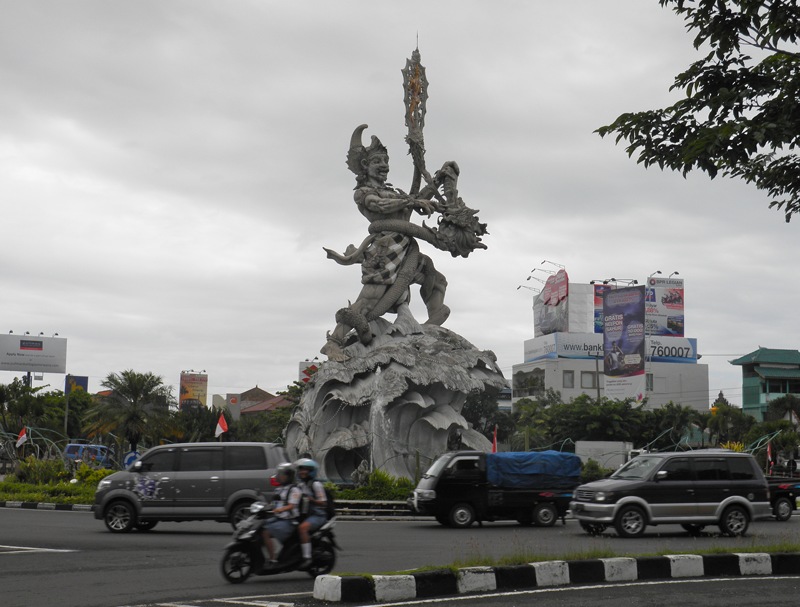 Picture 1 - This statue of the god of the sea sits in the center of a
busy traffic circle about a five minute taxi ride from the Bali
Marina. We thought it only appropriate this was the first bit of the
'real' Bali we boaters saw when we took our first taxi ride to the
huge supermarket in the nearby Bali capital city of Denpassar. The
marina might have been trashy (an amazing selection of floating plastic bottles,
bags, cans, jars, etc. collected in and around the marina docks on a daily
basis), but it is the only marina in Indonesia that we know of aside from one
other on Batam, which is near the Indonesia / Singapore border. The Bali
Marina's location is perfect to use as a base to see the southeast part of Bali,
and is close to Denpassar and all it has to offer, not the least of which is the
Carrefour grocery store as mentioned above. Not only was this the first
time since leaving Darwin that we were parked in a marina, but it was also the
first time we visited a supermarket. Not too bad - we went two months
without shopping for food (other than the occasional cabbage and tomatoes
purchased in the local street markets). Aside from the multitude of
cockroaches crawling around the conveyor belt at the check-out counter, our
supermarket visit was delightful.
 Picture 2 - Our second evening in Bali was spent at the Ulu Watu
temple on the southwestern coast with John and Sue and the Basia crew. The
temple is built on the sea cliff, where the monkeys like to hang out on the
stone fence and stare the tourists down while attempting to snatch
important things like glasses and earrings off faces and ears. We had been
warned about these particularly cheeky monkeys, so we returned the stares and
hid our sunglasses.
 Picture 3 - On the temple grounds, we attended the sunset performance of
the Kecak dance. It was less dance and more theater, the main characters
acting out a well-known Balinese story in pantomime as the male 'chorus'
(the seated men dressed in sarongs) chanted and snapped their fingers at a
tempo matching the action - frantic during a battle scene, soft during a
love scene. A woman, shown here, was taken away from her husband by an
evil king, only to be rescued in the end by her husband and his ally the good
monkey king. As we were to discover is typical for Bali, the costumes
were completely eye-popping, every detail perfect, gorgeous and outrageously
colored.
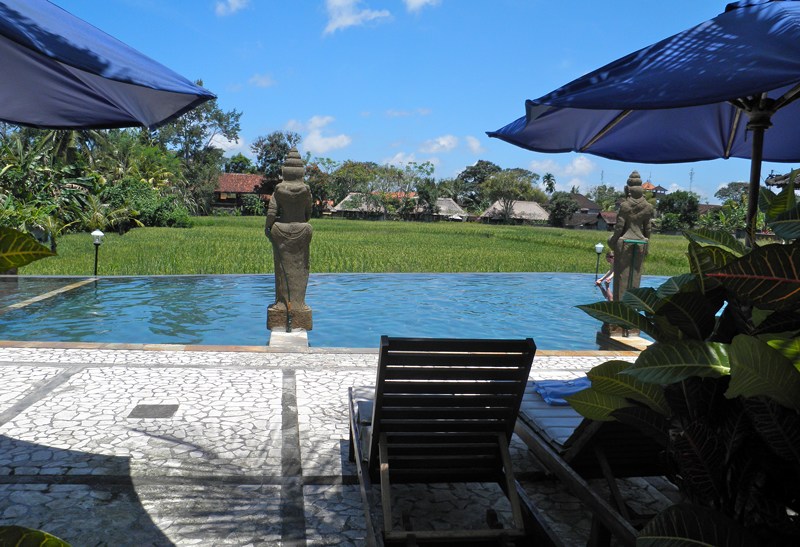 Picture 4 - The beauty of parking Harmonie in a marina is that it allows us
to travel overnight worry-free. No need to run the generator to keep the
batteries happy and the freezer freezing. No need to worry about an
anchored boat dragging off into the blue yonder should a squall blow up.
Generally, a boat plugged in and tied up in a marina will stay that way
unless something really drastic happens. So, off we went with Tom and
Suzie from the American boat Priscilla to Ubud for the night. Ubud is
located in south Bali, but in the highlands away from the coast. The
Ubud area is known as an artist's Mecca - each of the surrounding villages
specialize in a specific craft - knife making, weaving, stone carving, painting,
basket weaving, etc. and many of the goods end up for sale in the Ubud shops and
galleries. Once again, the sleepy artist colony we thought we were
headed for turned out to be a bustling town crammed with shops, restaurants
and cars and motorcycles toting tourists around. Once we got over the
initial shock of the busy place, we found we didn't have to go far to
escape the commotion. Our hotel, or 'resort and spa' as it was billed,
was on the main street, but set back far enough that one of its two
pools cascaded into a rice paddy. We floated in the saltwater pool shown
here feeling just this side of guilty watching the workers bent
over under the blazing sun tending to the rice.
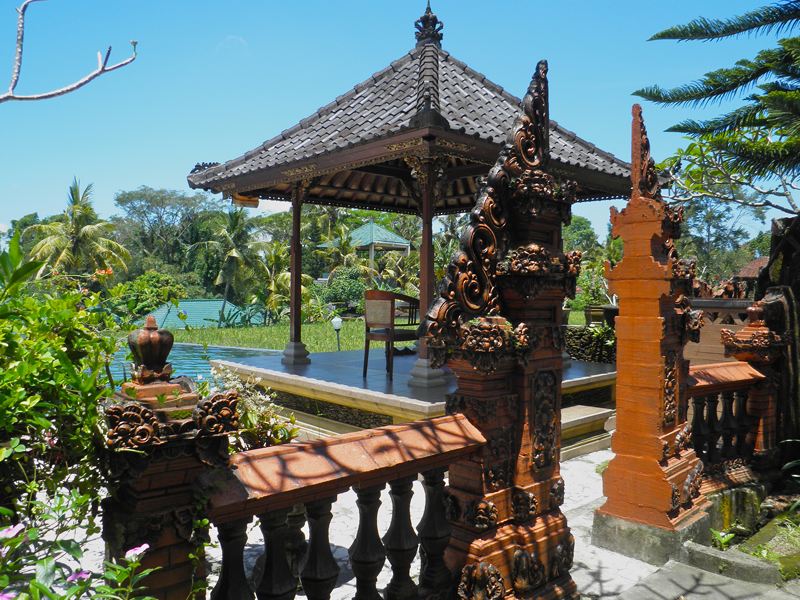 Picture 5 - Another view of our Ubud hotel grounds. The split stone
gates and tiled roof pavilion are typical of Balinese architecture. Our
room faced the pool, had a wide veranda, marble floors, and.....air
conditioning. Who could ask for more at only $115 a
night?
 Picture 6 - Temple gates in Ubud. All local stone, all hand
carved. And not just hand carved. Hand carved in place. As in
the carving is done after the stone is laid. No room for error.
Incredible stuff.
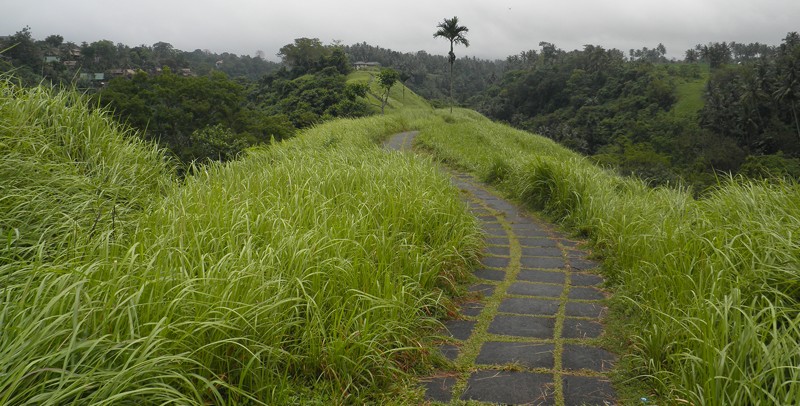 Picture 7 - This is a walkway on a ridge between two rivers just outside of
Ubud. Marvelous.
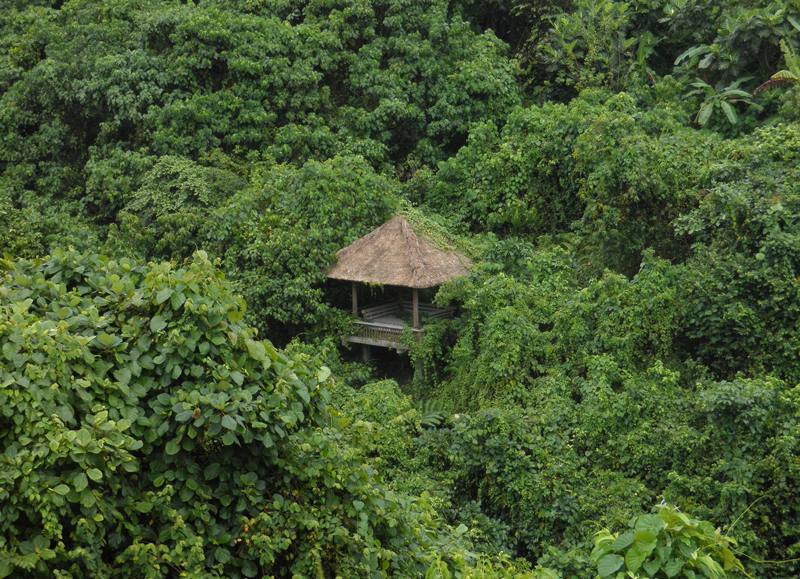 Picture 8 - Another view from the ridge walkway. There are top-end
resorts (of the $500 or more per night variety) lining both rivers on either
side of the ridge and this secluded gazebo appeared to be part of one.
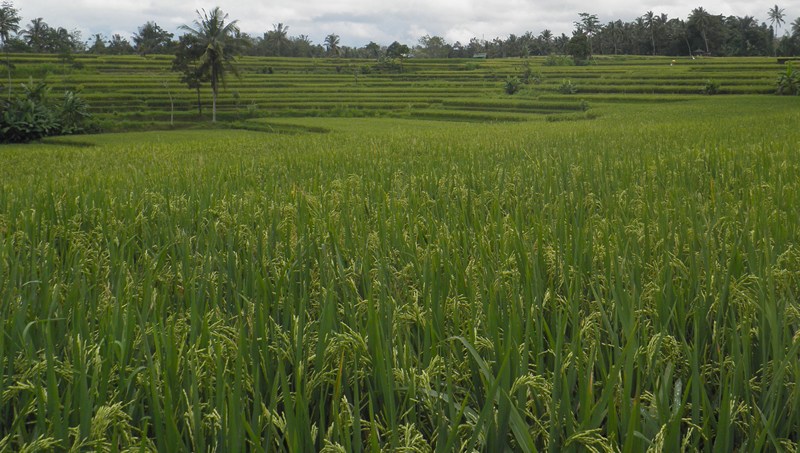 Picture 9 - Rice paddies. Bali produces an enormous amount of rice
for its size, and its success has to do with the nature of the mountain soil and
the complex, engineered over hundreds of years, system of terraces and
irrigation. The fertile hillsides have been turned into terraces, many
built into the sides of mountains much more spectacular than those shown here
(sorry, we didn't get to the steep mountain terraces). Water runs from
higher elevations through canals, streams and tunnels, and each rice field can
be flooded or run dry at will by the farmer with a simple filling in or
clearing of a field's water inlets and outlets. The tropical climate
allows for three rice harvests per year and throughout the growing cycle, fields
are flooded and dried depending on the rice growing stage.
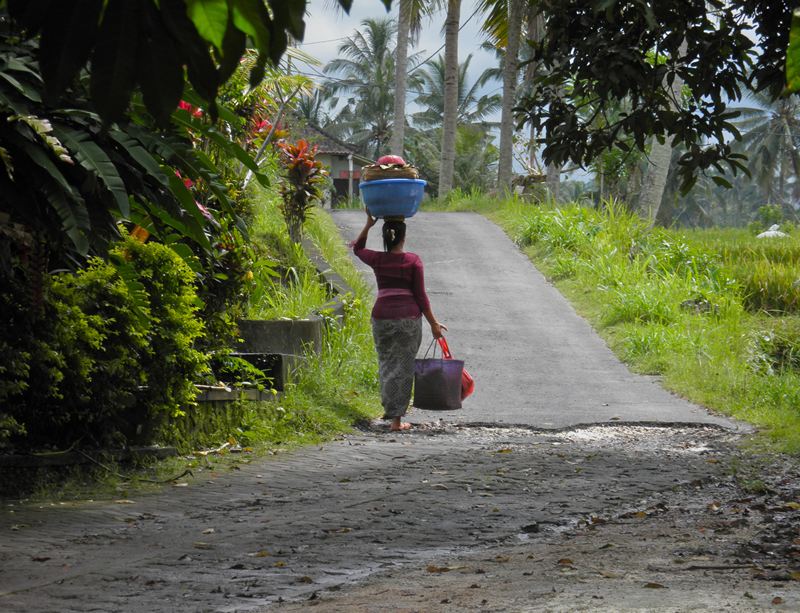 Picture 10 - This is a typical scene throughout Bali and other parts of
Indonesia. Women carrying all sorts of odds and ends on their heads.
We decided it makes for very good posture and we should all try it at least
once - maybe not with a 25 pound bag of rice like some we've seen
though.
 Picture 11 - Shrines in a temple compound outside of Ubud. The number
of roof tiers represent the rank of the deity the shrine is built to
honor.
Next stops: the northeastern and northern parts of Bali.
Anne |